How to Choose the Best Soft White Paint Colors

Let's talk about how to get that soft, neutral base for our warm and natural styles and the best soft white paint colors to make that happen.
A key element of many design styles we've discussed is light and airy spaces created with soft to warm white paint. Let's consider some things, including five popular neutral-leaning white paints that can work with almost any interior.
How to choose soft white paint colors
Undertone
All colors have an undertone and are most noticeable in light colors.
Those that look warmer will have yellow, beige, or pink undertones.
The whites with a cooler look will have blue, green, or purple undertones.
A good way to identify a paint's undertone is to compare it against a very bright white paper but be aware that it's just to identify the undertone.
Then, you can compare it with other colors and test them out in your own spaces.
LRV
The light reflectance value or LRV of paint lets you know how bright it is and how much light it will reflect. The higher the value, the more light it will reflect. Paint colors with an LRV of 50 or more will reflect light, while those under 50 will not. You can find this information on the back of the paint sample.
Light
Light plays a significant role in how we see color, so the direction your windows face or the exposures will affect how you view the color and artificial light.
This seeming change of color under different lighting conditions is called metamorism. White is the most reflective color, and it picks up colors from incoming light and surroundings and reflects them around the space.
Natural light from north-facing windows will tend to cast a cool light, make things look more gray or blue, and enhance any cool tones in the room.
Light from south-facing windows will cast a warm light, make the room appear more yellow, and enhance warm tones.
With east-facing windows, you get bright, soft morning light, but the light turns cooler from midday through the afternoon.
West-facing windows will give you more subdued light before noon, and it will get warmer and brighter as the afternoon progresses.
Windows on more than one side of the room will balance the light somewhat, so you'll have to determine the dominant light source and whether the light is predominantly cool or warm.
Sheen
Mixing white paints, especially those close to an LRV, can be tricky because of competing undertones, or you run the risk of the slightly brighter paint making the other paint look dingy, or you could look like you tried to match them and you just missed.
So, if you want a bit of contrast, you can use the same color but different sheens on ceilings, walls, cabinetry, and trim.
The most important thing to remember is that the higher the sheen, the more noticeable any imperfections or texture will be.
Some good guidelines for using sheen are flat paint on the ceiling, which will not draw attention and keep the focus on the floors, walls, and furnishings.
If you have a ceiling treatment like painted planks or beams, then go ahead and match it to your other trim sheen.
If you have smooth walls or want to emphasize texture, an eggshell finish works well without being too shiny.
Eggshell is also good for cleanability, but I've personally used Sherwin-Williams Emerald flat paint, and it's super durable, so check into it if you want a cleanable flat paint.
For baseboards and trim, you can go with satin or semi-gloss depending on your preference for shine.
However, satin will be better for hiding imperfections while subtly contrasting flat or matte walls. If you have painted cabinetry, a satin finish is a great choice to help differentiate them from the flat or matte walls and coordinate them with the trim.
Now that you know what to look for, here are some tried-and-true soft white paint colors to consider. Put samples on the walls of each room you're considering painting and view them at different times of day and in all lighting conditions to ensure you're happy with them.
5 Tried & True Soft White Paint Colors
These are not the only soft white paint colors; some popular neutral options could work well in most spaces.
Chantilly Lace
With an LRV of 90, Benjamin Moore's Chantilly Lace is one of the brightest white paint colors but still reads soft and has no discernible undertone compared to other soft white colors.
Since it's so bright, it may be a bit too bright for some, and it is affected by incoming light and colors in the environment. But it's a great option if you're looking for a crisp, clean look. It's also a great ceiling and trim color paired with more saturated colors.
This next white is also a bit of a chameleon.
Pure White
Sherwin-Williams Pure White is further down the LRV scale at 84.
It's soft and warmer than a bright white, yet it has some coolness thanks to a bit of black pigment. It will read more gray in the north-facing rooms and those with cool accents, but it will read warmer in a south-facing room.
Thanks to its outstanding balance of warmth and coolness, it can work well with warm and cool finishes, as a general wall color, or for ceiling and trim.
White Dove
Benjamin Moore's White Dove is a soft, creamy white-pink color with an LRV 83.
Even though it's a warmer, soft white, it has a subtle neutral base, de-emphasizing its warmth and making it a good neutral option. It's a good choice for open spaces, adding warmth to areas with cooler light and not appearing too yellow in areas with warmer light.
Alabaster
Sherwin-Williams Alabaster is soft, balanced, and off-white.
It's warm but not too yellow with a subtle grayish undertone, making it a versatile neutral that creates a peaceful feel. This is also a good choice for open spaces that need a color that will work well in various lighting conditions.
Swiss Coffee
Swiss Coffee by Benjamin Moore is a soft, balanced off-white paint color with a beige undertone, making it subtly creamy in warm light. It's an excellent choice for creating a warm and cozy atmosphere throughout the home.
How to choose soft white paint colors
As you can see, there are a lot of nuances between these soft white paint colors, and you'll only know which soft white paint colors are right for you by testing them out in your own space. Let me know in the comments what you think of these paint colors. Also, add your favorites.
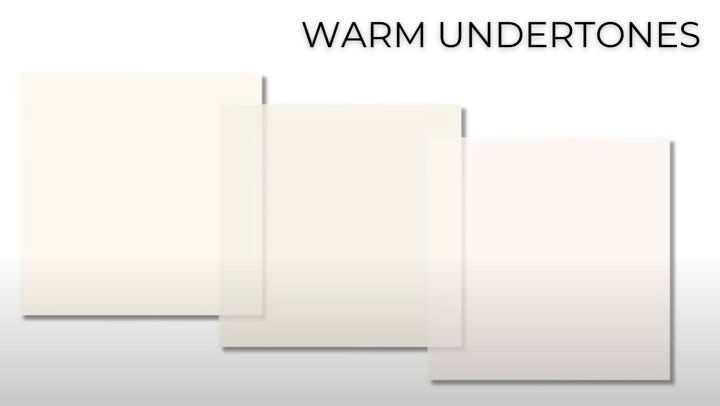





















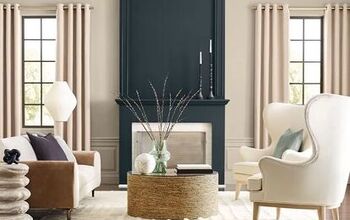
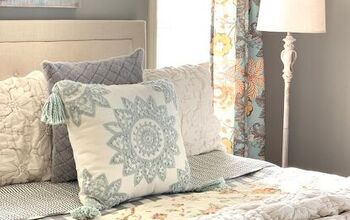

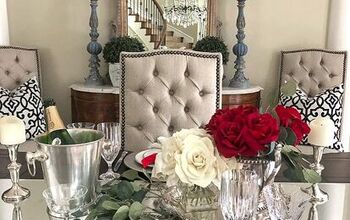




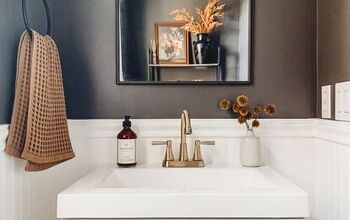





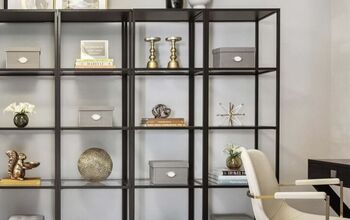
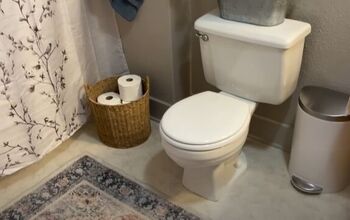
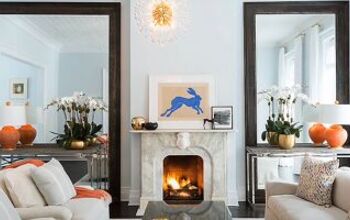
Comments
Join the conversation